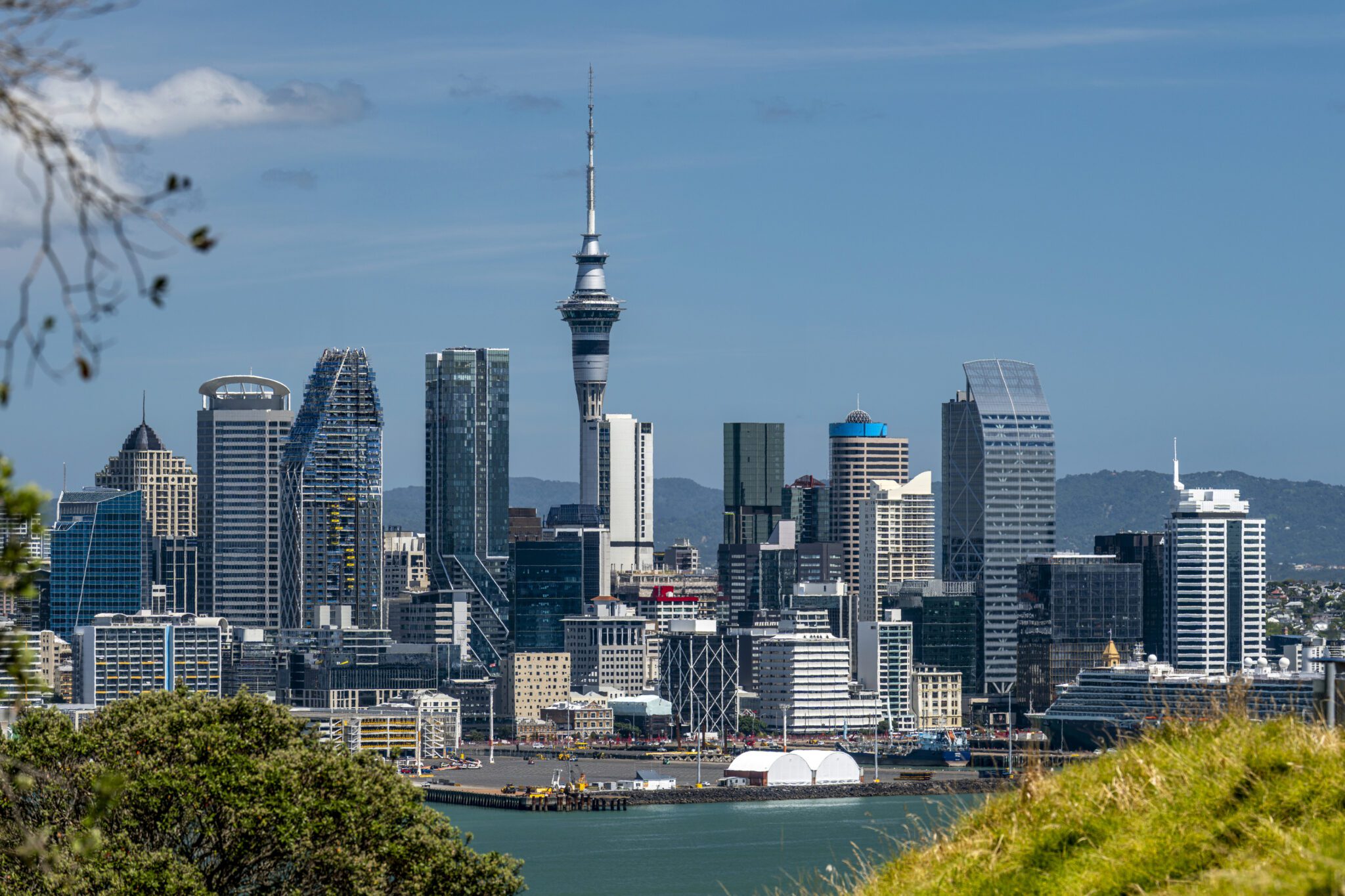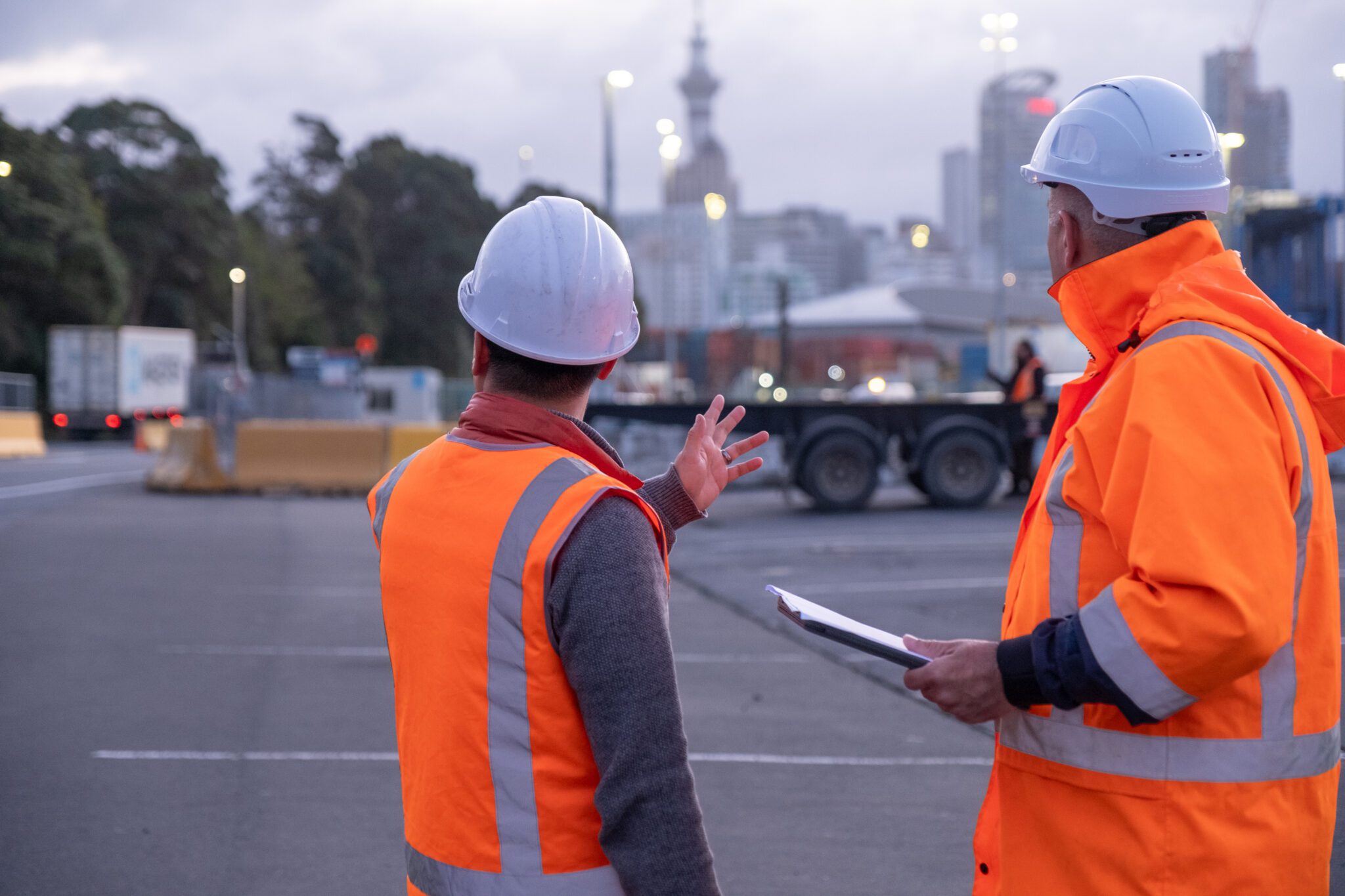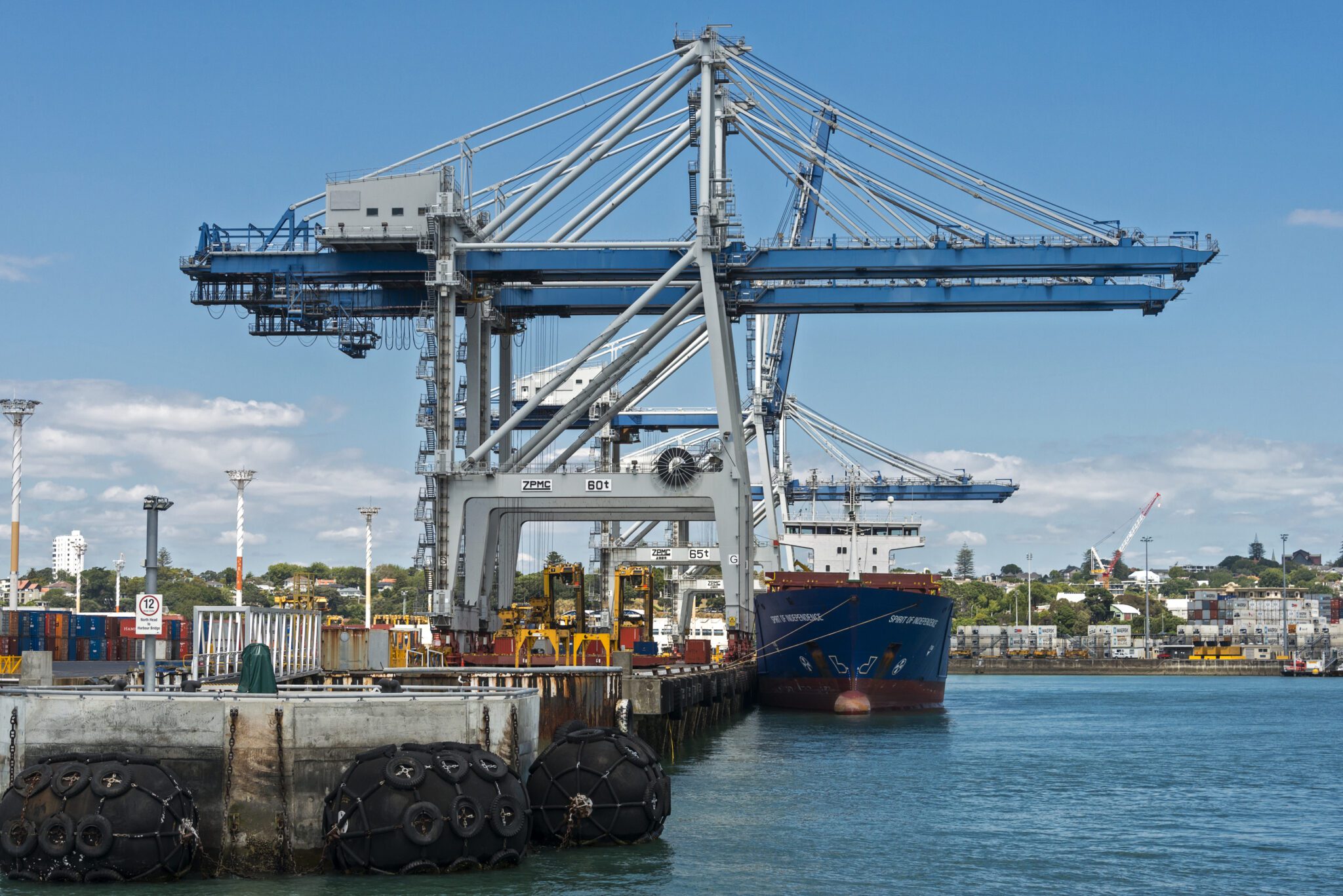Overview
The Health and Safety landscape is ever changing and there are numerous updates, reforms and cases that business leaders and health and safety professionals need to stay informed about. In this brief update our experts highlight the critical developments currently on their radar and provide the essential resources you need to stay up to date.
Statistics Snapshot
- New Zealand remains behind the UK and Australia regarding workplace fatality rates, indicating we have work to do.
- The Business Leaders ‘Health & Safety Forum – ‘State of Thriving Nation 2024’ report provides helpful information and data insights. The report ranked New Zealand’s fatality rate against other countries. Interestingly, New Zealand’s fatality rates are only slightly lower than in Croatia, and slightly higher than in Spain & Italy. The UK and Australia appear to be on the opposite side of the scale to New Zealand.[1]
Health and Safety Reform
- Reminder: Submissions on the ‘work health and safety regulatory system’ review are due by 5pm Thursday 31 October 2024. Submit your responses here.
WorkSafe New Zealand Updates
WorkSafe Strategy:
WorkSafe’s Strategy focuses on influencing businesses and workers to ensure healthy and safe work environments. The strategy reveals the regulator’s focus industry areas are construction, manufacturing, agriculture, and forestry, and it will focus on three types of harm:
- acute (single event)
- chronic (caused over time) and;
- catastrophic (affecting multiple people).
WorkSafe has also published its priority plans for 2024 – 2026 which outlines their plan to fulfil their role as New Zealand’s primary work health and safety regulator.
WorkSafe’s Harm & Risk Report
- This WorkSafe report provides data insights into rates of work-related fatalities and non-fatal injuries, exposure to carcinogens and airborne risks, rates to musculoskeletal risks, work organisation and environmental risks, and psychosocial risks.
- To find out which industries have the greatest risk of injury or ill health, and other information click here.
Asbestos Guidance
- WorkSafe is redeveloping and updating its asbestos guidance and giving you an opportunity to provide your feedback here.
Volunteer Association Guidance
- If you’re interested on what ‘community purpose’ might mean, check out WorkSafe’s new guidance on keeping volunteers healthy and safe.
Health and Safety Governance
- The Institute of Directors and WorkSafe have published a good practice guide for health and safety governance.
- The guide contains practical and user-friendly information to assist officers in meeting their obligations. It also contains a ‘Health and Safety Governance Self-Assessment Tool’ to help officers assess their own practices, and reflect whether their approach is consistent with best practice.
Maritime New Zealand Updates
Approved Code of Practice
- Maritime New Zealand’s first, and much anticipated Approved Code of Practice for Loading and Unloading Cargo at Ports will come into force on 29 November 2024 and is available on Maritime NZ’s website.
Maritime New Zealand’s Designation
- Relatedly, Maritime NZ’s designation of powers under the Health and Safety at Work Act 2015 for ports came into force on 1 July 2024. For a visual of MNZ’s new jurisdiction, view the profile map.
Upcoming cases to keep an eye on
Trusts
In WorkSafe New Zealand v Kellisa Farms Ltd & Ors [2022] NZDC 2490 the District Court dismissed a charge brought by WorkSafe against RH & JY Trust as the District Court considered that a “trust” is not a “person” under HSWA.
WorkSafe appealed in WorkSafe New Zealand Mahi Haumaru Aotearoa v RH & JY Trust [2023] NZHC 3871. The High Court agreed with the District Court and determined that a trust was not a “person” under HWA, but that the trustees of a trust collectively are a “body of persons” within the definition of “person” under HSWA.
In July this year, the Court of Appeal in RH & JY Trust v WorkSafe New Zealand [2024] NZCA 326 granted leave on two questions of law:
- Is a trust a “person” under the HSWA?
- Can the trustees of a trust comprise a “body of persons” within the definition of “person” in HSWA?
So, what does this mean for trusts and trustees? The appeal will clarify implications for trusts and trustees –
- Trust as a ‘Person’: If a trust is deemed a “person” under the Health and Safety at Work Act 2015 (HSWA), it could be held liable for health and safety breaches – however, this would be a departure from the lower courts’ current interpretation that a trust cannot be prosecuted as a Person Conducting a Business or Undertaking (PCBU) under HSWA.
- Trustees as a ‘Body of Persons: If trustees are collectively regarded as a “body of persons” for purposes of HSWA, trustees could also face prosecution as a PCBU for HSWA breaches.
Schools
WorkSafe New Zealand v Whangārei Boys High School Board of Trustees
- This case concerns the school’s failures relating to the death of a student on a school trip at Abbey Caves on 9 May 2023. Sentencing is to take place on 27 September 2024.
- We anticipate the case will provide insights how schools should manage and prioritise health and safety for education outside the classroom, to ensure the safety of students, and teachers. Following the sentencing decision, schools are encouraged to reflect on their current systems and processes.
Officer duty
- We await the Maritime New Zealand v Gibson decision which is expected soon. To find out more on officer duty and due diligence, read our article where we do a brief recap on officer duty and look at a recent judgement from Australia involving the prosecution of a director of a medium-sized business.
Whakaari
Whakaari Management Limited v WorkSafe New Zealand
- The Buttle family are appealing the company’s conviction under sections 37(1) and 48 of the Health and Safety at Work Act 2015. The issue on appeal is whether Whakaari Management Limited was “managing a workplace” and therefore had a health and safety duty. The appeal will be heard in December 2024.
This update underscores the importance of staying informed about these developments to ensure compliance and enhance workplace safety.
Special thanks to Senior Associate Sanja Marin and Associate Sean Brennan for preparing this update.
Disclaimer: The content of this article is general in nature and not intended as a substitute for specific professional advice on any matter and should not be relied upon for that purpose.
[1] See page 9: State of a Thriving Nation: Health, Safety and Wellbeing in New Zealand (forum.org.nz)






